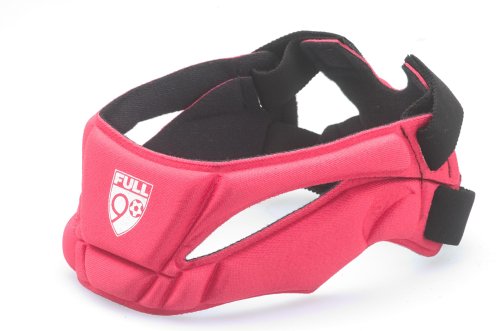Using your head — and your brain
WE’RE HEARING MORE about the dangers of concussions when playing football, especially for youths. But what about soccer? 
Studies show that concussions occur much more frequently in soccer than previously thought. In fact, one report found that by the time they reached college, half of all soccer players had suffered a concussion—and often several. These findings come on the heels of other research that shows the real dangers of concussion, ranging from headaches and loss of concentration to life-threatening brain swelling.
All this research points to the need for soccer players to protect their heads, says the founder of Full90 Sports, manufacturers of protective gear for athletes.
One of his company’s products is a soft padded headband for soccer players. Most head injuries on the soccer field don’t occur from heading the ball, but from accidental collisions between players or from hitting the ground. The idea behind the headgear is to reduce the peak impact force reaching the brain, which lowers the chance of concussion.
Research shows that the headgear reduces the concussion rate by more than 50 percent. We know Full90 Headguards won’t prevent all concussions, but any reduction in the concussion rate is important.
Protective headgear for soccer players is starting to show up around the world in leagues from youth divisions to the pros. The equipment complies with international soccer rules because it’s not dangerous to other players, as a hard helmet might be. The biggest challenge to making the equipment universal among players might be simple unawareness of the dangers.
Players in other sports, such as hockey, skiing and snowboarding, have realized the importance of protecting their heads, and the soccer players will too. Concussions are happening among youth soccer players much more frequently than parents know, and they’re often not recognized. Soccer players are required to wear shinguards, but I ask, what is more important, your shins or your brain?”

